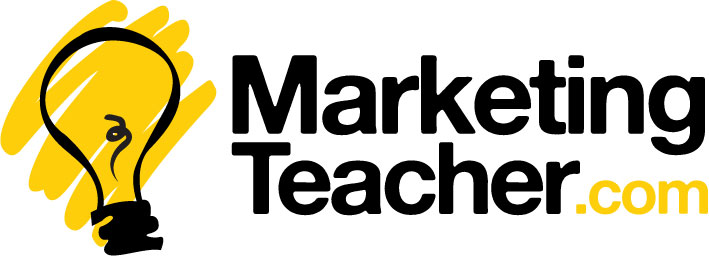International Marketing Environment
Environment analysis for international marketing
One of the fundamental steps that needs to be taken prior to beginning international marketing is the environmental analysis. Of course there are many tools on Marketing Teacher that would prove useful at this stage such as lessons on the marketing environment, PEST Analysis, SWOT Analysis, POWER SWOT and Five Forces Analysis. However, the very specific and unique nature of each individual nation needs to be looked into. Below we consider the nature of an international PEST Analysis, and the influence of tariff and non-tariff barriers.
Socio-cultural
- Culture, religion and society are of huge importance.
- What are the cultural norms for doing business? E.g. is there a form of barter?
- Will cultural norms impact upon your ability to trade overseas? E.g. Putonghua is very difficult for many Western people to learn.
Technology
- Do copyright, intellectual property laws or patents protect technology in other countries? E.g. China and Jordan do not always respect international patents.
- Does your technology conform to local laws? E.g. electrical items that run on non-domestic currents could be dangerous.
- Are technologies at different stages in the Product Life Cycle (PLC) in various countries? E.g. versions/releases of software.
Tariff and Non-Tariff Barriers.
There are a number of fences that companies need to plan for when initialising international marketing. Tariff and non-tariff barriers are still very common, even today.
Tariff barriers are charges imposed upon imports – so they are a form of import taxation. This could mean that your margins are reduced so much that trading overseas becomes too unprofitable. However they are normally transparent and you can plan to take them into account.
Non-tariff barriers are trickier to spot. Governments sometimes act in favour of their own domestic industries rather than allow competition from overseas. Bureaucracy is a hurdle often encountered by exporting companies – it takes many forms and includes unnecessary hold-ups and red tape. Quotas are another form of non-tariff barrier i.e. restricting the quantity of a product that can be imported into a particular country.
An International PEST Analysis.
PEST is a well-known and widely applied tool when considering the external nature of the domestic market. However, it is equally as useful when applied to the nature of the international marketing environment.
International PEST Analysis would consider:
- How easy will it be to move from purely domestic to international marketing?
- Would your business benefit from inward foreign investment?
- What is the nature of competition within each individual market, and how will companies from other nations compete when you meet with them head-to-head in unfamiliar countries?
- Many other factors that are specific to your organization or industry.
Political
- Is there any historical relationship between countries that would benefit or hinder international marketing?
- What is the influence of communities or unions for trading? E.g. The European Union and its authority over European laws and regulation.
- What kind of international and domestic laws will your business encounter?
- What is the nature of politics in the country that you are targeting, and what is their view on encouraging foreign competition from overseas?
Economic
- What is the level of new industrial growth? E.g. China is experiencing terrific industrial growth.
- What is the impact of currency fluctuations on exchange rates, and do your home market and your new international market – share a common currency? E.g. Polish companies trading in Eire will use Euros.
- There are of course the usual economic indicators that one needs to be aware of such as inflation, Gross Domestic Product (GDP), levels of employment, national income, the predisposition of consumers to spend savings or to use credit, as well as many others.
